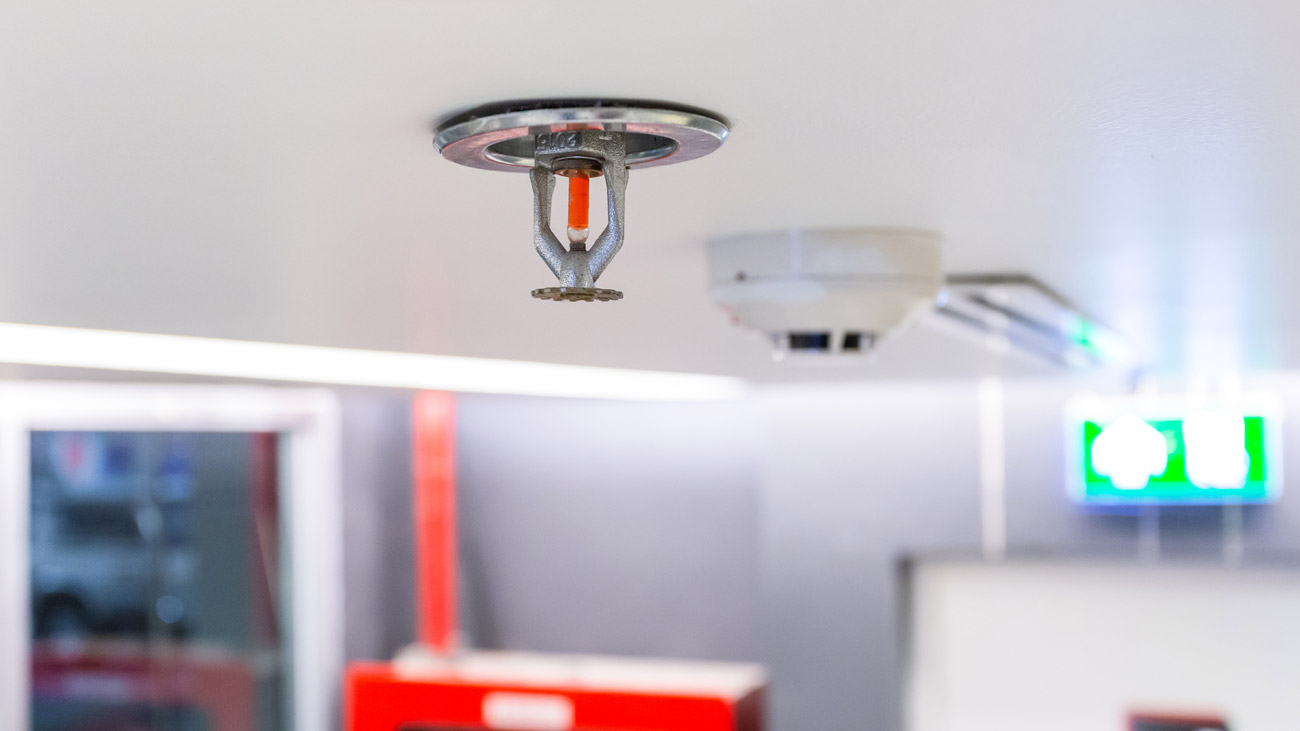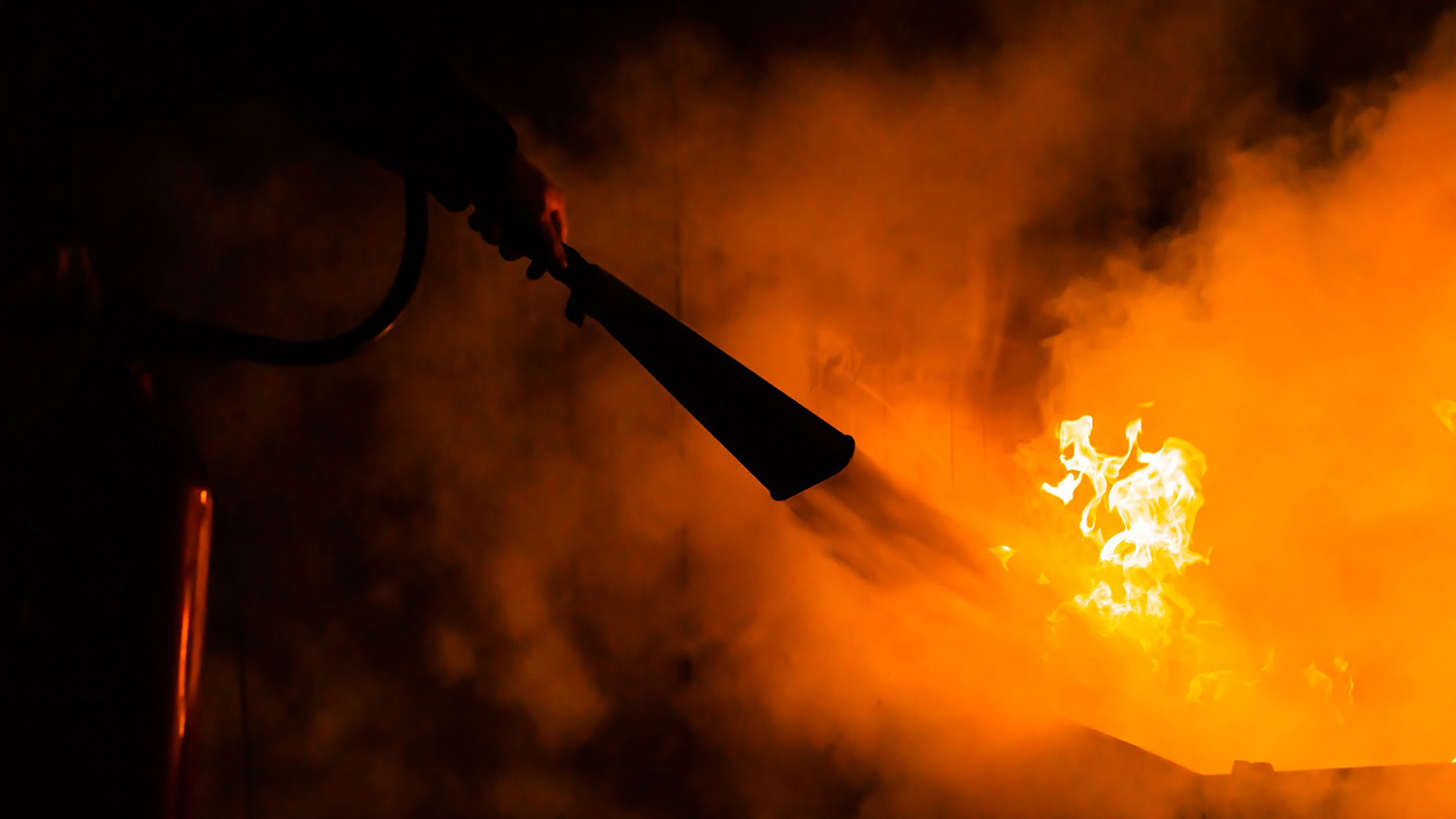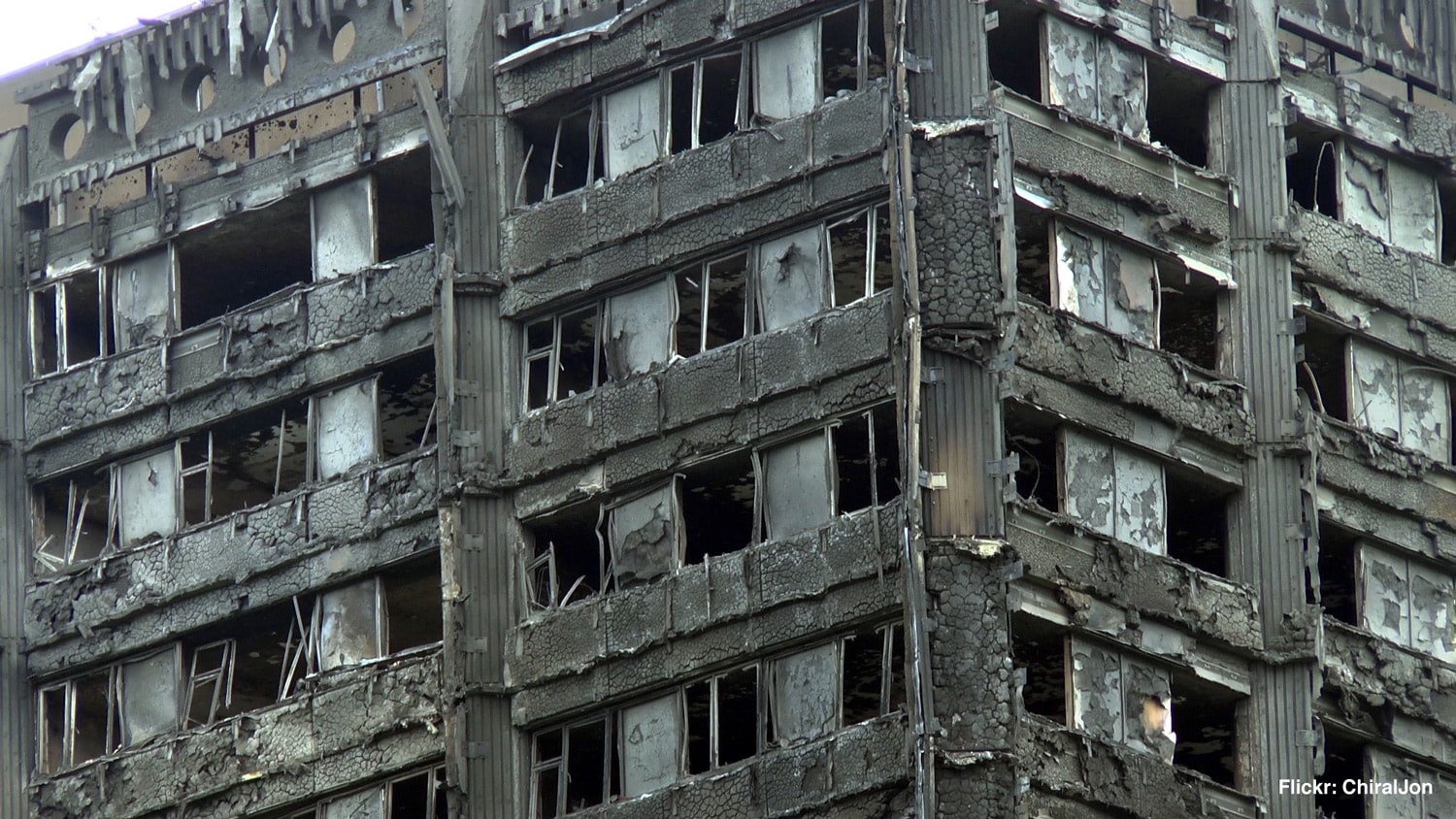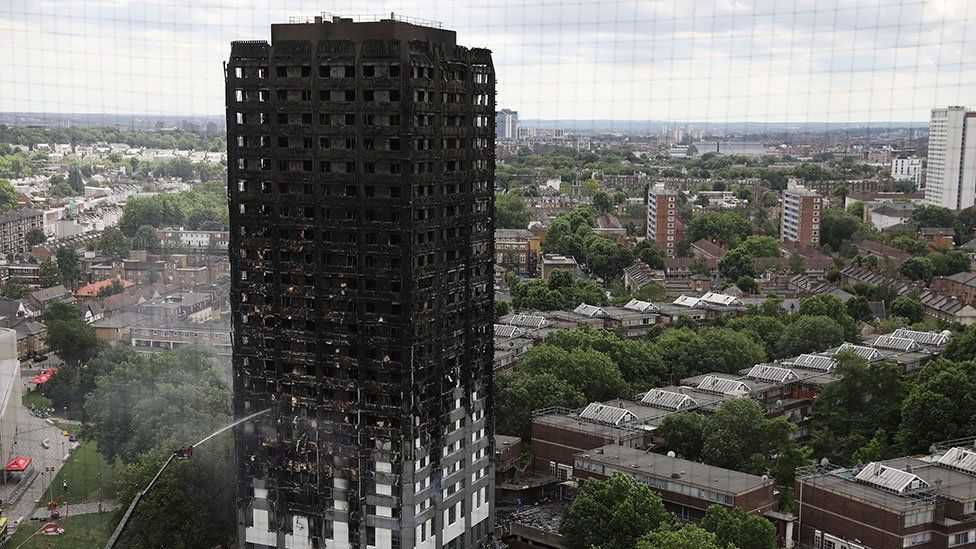
Sprinkler requirements to be stepped up
The National Fire Chiefs Council (NFCC) has published a position statement urging the government to introduce more robust regulations for mandating sprinklers and other automatic water suppression systems (AWSS) in England.
NFCC is calling on government to require that sprinklers are installed in all new care homes, schools, and student accommodation, irrespective of building height. Existing schools, student accommodation, and care homes that are undergoing refurbishment should also be retrofitted with sprinklers, says the position paper. Furthermore, NFCC is calling on the government to mandate the retrofitting of sprinklers in all existing residential buildings over 11 metres on a risk-assessed basis.
NFCC has consistently recommended that government make it a requirement to retrofit sprinklers in all high-rise residential buildings over 18 metres (or at least seven storeys), that have only a single staircase.
In England, the regulations covering sprinklers trail behind the rest of the UK. In Scotland, sprinklers are required in all blocks of flats, care homes, social housing, and schools. Wales requires sprinklers in all new single dwellings, including all new care homes, student halls of residence, boarding houses, and certain hostels.
In recent years, care homes have been destroyed in high-profile fires across England, such as Beechmere Extra Care Village (2019), and Newgrange Care Home (2017). Current evacuation strategies are dependent on staff having enough time to evacuate residents before escape routes become compromised by smoke. If escape routes are compromised, staff and residents will likely be at significant risk.
NFCC’s position statement also focuses on schools. In both Scotland and Wales, sprinklers are mandatory in all schools regardless of height.
Jonathan Dyson, NFCC Lead for Sprinklers and AWSS said:
“Sprinklers have been used for over a century and are consistently reliable at saving lives and reducing injuries. Analysis shows they’re 99% effective in extinguishing or controlling a fire. Sprinklers can buy crucial additional time for firefighting and can also protect property, reduce repair costs, and minimise the environmental impacts of fire.
“NFCC welcomed the lower height threshold for sprinkler installation in new residential buildings to 11 metres, but we remain concerned that there’s still no requirement to retrofit existing residential buildings with sprinklers. We’ve consistently urged the government to make it a requirement to retrofit all existing residential buildings over 11 metres on a risk-assessed basis.”
Mark Hardingham, NFCC Chair, said:
“Thankfully, deaths and injuries in school fires are rare. However, it’s important that we protect schools as they are vital community assets. School fires can be devastating, and the use of sprinklers is proven to not only minimise the disruption to a pupil’s education but also the impact on their family and the community.
“NFCC have consistently called for sprinklers to be mandated in all new and refurbished school buildings in England, which would provide the same level of protection as schools in the rest of the UK.
“We also have serious concerns about fire safety in care homes. Sprinklers are critical to protecting vulnerable residents as well as employees. Installing sprinklers in care homes would reduce the likelihood of a fire spreading beyond the room in which it originated. This buys time for evacuation and firefighting and can reduce the need for vulnerable residents to be moved.
“We welcomed the government’s proposal requiring sprinklers be installed in all new care homes regardless of height. However, it must go further to include existing care homes undergoing refurbishment.”
International Workplace’s Fire risk assessment course is designed to help responsible persons understand their duties for fire safety and implement measures to control the risk of fire in the workplace. Students will learn how to incorporate fire risk assessment into their ongoing management procedures and to implement any required changes the assessment process raises.





